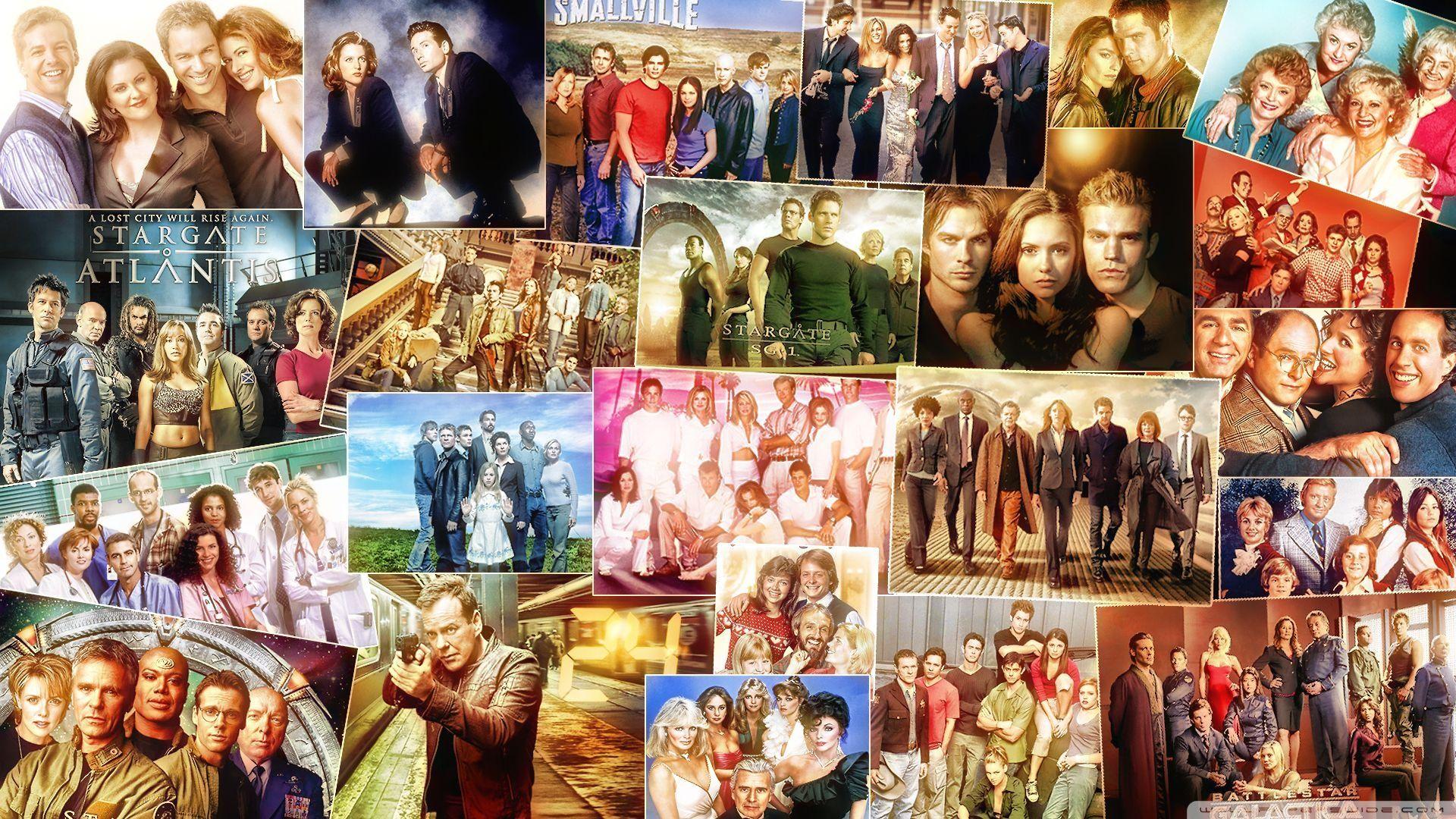
FAQ About Soap Operas
Soap Operas
2 years ago | gizem
How do soap operas handle aging characters?
Soap operas handle aging characters through various techniques to accommodate the natural progression of time while maintaining the continuity of the storyline.
- Recasting: One common method is to recast a character when the original actor ages or leaves the show. A new actor is chosen to portray the character, allowing the storyline to continue seamlessly. This approach ensures the character remains part of the narrative, even as their appearance changes.
- SORAS (Soap Opera Rapid Aging Syndrome): SORAS is a term coined within the soap opera world to describe the accelerated aging of characters. Younger characters, such as infants or children, are aged up rapidly through storyline leaps. This allows them to become teenagers or adults, played by older actors. SORAS helps keep characters relevant and introduces new storylines.
- Time Jumps: Soap operas may utilize time jumps to advance the storyline and age characters without explicitly showing the aging process. Characters may be absent for a period, and when they return, they have naturally aged. Time jumps allow for shifts in relationships, new storylines, and the introduction of new generations.
- Makeup and Wardrobe: Makeup and wardrobe departments play a crucial role in transforming actors' appearances to reflect the aging process. The use of makeup techniques, prosthetics, and age-appropriate clothing helps visually convey the passage of time. This approach allows characters to appear older without recasting or SORAS.
- Flashbacks and References: Soap operas may use flashbacks or references to past events to remind viewers of a character's history and the passage of time. By revisiting previous storylines, the show establishes the character's longevity and the evolving timeline.
- Legacy Characters: Soap operas often introduce new generations of characters, such as children or grandchildren of existing characters. These "legacy characters" continue the family lineage and storylines. They provide a connection between older and newer generations, allowing for character development and ongoing narratives.
